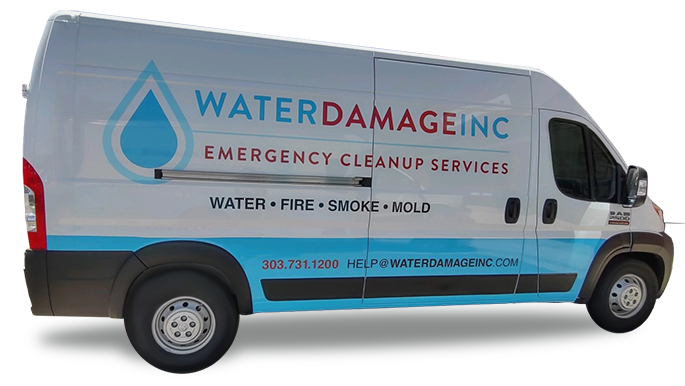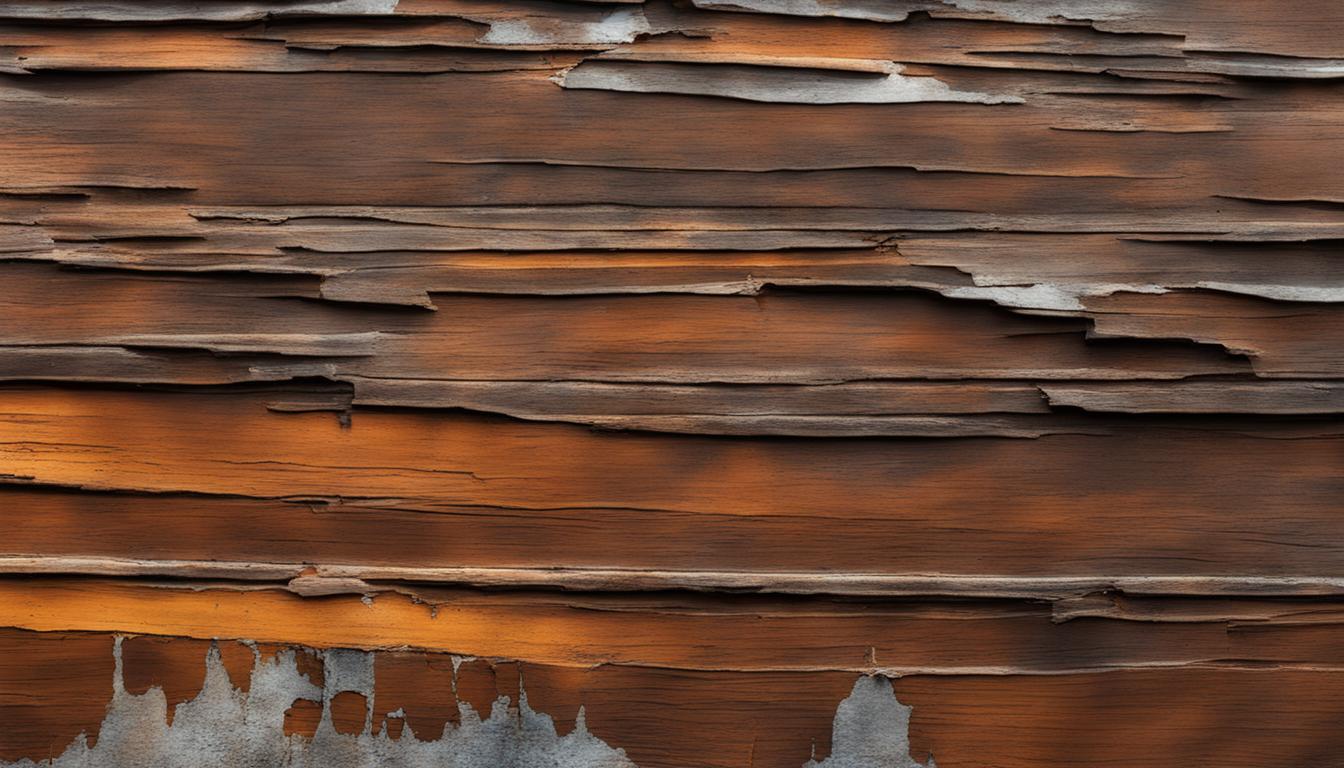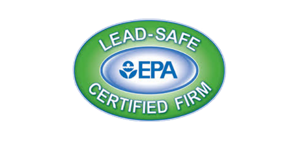Water damage is a common problem that many homeowners face at some point. Whether it’s due to a burst pipe, leaky roof, or flooding, water damage can cause significant problems if left untreated. But how do you know if water damage is serious?
Assessing the severity of water damage is crucial for protecting your property and ensuring the safety of everyone living there. In this section, we will discuss the importance of assessing water damage and determining its seriousness. We will explore some common signs to look out for and offer guidance on what to do if you suspect you have a problem.
Key Takeaways:
- Water damage can cause significant problems if left untreated
- Assessing the severity of the damage is crucial for protecting your property and ensuring safety
- Common signs of water damage include mold growth, water stains, and unusual odors
- Don’t hesitate to seek professional help if you’re unsure about the severity of the damage
- Quick action can help prevent further damage and minimize the risks associated with water damage
Signs of Water Damage
Water damage can be subtle, but spotting it early can prevent costly repairs. Below are common signs of water damage:
- Stains: Water causes stains on walls, floors, and ceilings. Look for discoloration or yellowish-brown patches, especially near plumbing fixtures or where the ceiling meets the wall.
- Odors: Unpleasant musty odors can indicate hidden water damage and mold growth.
- Mold: Mold thrives in moist environments, so if you notice black or green spots growing on surfaces or a powdery substance, it may be mold.
- Peeling or bubbling paint: Moisture can cause paint to peel or bubble, so if you notice this, check if there’s water damage behind the affected area.
- Warping or buckling: Water can cause floors, walls, and ceilings to warp, buckle, or sag.
Remember, the sooner you can catch these signs, the easier it will be to prevent further damage.
Evaluating the Extent of Water Damage
When assessing water damage, it’s crucial to understand the extent of the damage before moving forward with repairs. By evaluating the extent of the damage, you can identify the necessary repairs, assess associated costs, and prioritize repairs based on urgency.
| Factors to consider: | Description: |
|---|---|
| Source of the Water | Determining the root cause of the water damage is essential to prevent future water damage from occurring. Water damage is often caused by a burst pipe, leaky roof, or appliance malfunction. |
| Duration of Exposure | The longer the exposure, the more significant the damage. A small leak left untreated for an extended period can cause significant damage to your home. |
| Affected Areas | To properly assess the extent of the damage, you need to identify all the affected areas. Water damage can occur in walls, floors, ceilings, and even furniture. |
Understanding the extent of the damage can help you decide whether or not to hire a professional. If the damage is extensive, it might require professional restoration services to ensure your home is safe and habitable. However, if the damage is minor, you might be able to tackle the repairs yourself with a few DIY solutions.
Remember, ignoring water damage can lead to severe consequences, such as mold growth and structural damage. Take the time to assess the extent of the damage and proceed with repairs accordingly.
Potential Risks and Consequences
Ignoring water damage in your home can lead to a host of potential risks and consequences that can negatively impact your health and the structural integrity of your property. Understanding these risks is critical to ensuring prompt and effective action to address serious water damage.
Structural Damage: Water can cause serious structural damage to your home, weaken the foundation, and compromise its stability. This can lead to costly repairs that can easily run into thousands of dollars.
Mold Growth: Moisture is an ideal environment for mold to grow, which can cause health problems such as respiratory issues and allergies.
Health Hazards: Water-damaged areas are breeding grounds for bacteria and viruses, which can pose significant health risks to you and your family.
Electrical Issues: Water and electricity don’t mix. Water damage can interfere with your home’s electrical systems, leading to malfunction or short circuits that can cause electrical shocks or fires.
Insurance Claims: Neglecting water damage can result in insurance claims being denied or coverage being reduced, leaving you to bear the cost of repairs alone.
Professional Assistance and DIY Solutions
Depending on the severity of the water damage, you may need professional assistance to mitigate further damage effectively. It’s essential to hire a reputable and experienced contractor who can evaluate the situation, provide an accurate quote, and carry out the necessary repairs to restore your property.
Call Water Damage Inc. today at 1.303.731.1200 for professional emergency cleanup services.
However, some smaller incidents of water damage can be tackled with DIY solutions. For example, if you notice water stains on your ceiling caused by a leaky roof, you can seal the leak with roofing cement or replace damaged shingles to prevent further damage. Similarly, if a pipe under your bathroom sink is leaking, you can replace the faulty components yourself with a few basic tools.
It’s vital to weigh the pros and cons of both options and choose the best solution that matches the severity of the water damage. Remember that attempting DIY solutions for significant water damage can exacerbate the situation, leading to higher repair costs and safety risks.
Conclusion
Water damage can cause severe harm to your property and health, making it essential to assess its severity accurately. By familiarizing yourself with the signs and evaluating the extent of the damage, you can determine the appropriate actions to take. Remember that ignoring water damage can lead to potential risks such as mold growth, structural damage, and health hazards.
It is advisable to seek professional assistance when dealing with significant water damage. However, for smaller incidents, DIY solutions can be implemented. Always prioritize safety and take necessary precautions when handling water-damaged areas.
Remember, addressing water damage promptly can prevent further damage and save you significant expenses in the long run. By having basic knowledge of water damage, you can safeguard your property, protect your family, and restore your home to its original state.
FAQ
Is water damage a serious issue?
Yes, water damage is a serious issue. It can lead to structural damage, mold growth, and potential health hazards. Assessing the severity of water damage is crucial to protect your property and ensure the safety of everyone inside.
What are the signs of water damage?
Common signs of water damage include water stains, discoloration on walls or ceilings, damp or musty odors, peeling paint or wallpaper, sagging or warped floors, and visible mold growth. If you notice any of these signs, it’s important to investigate the cause and take appropriate action.
How can I evaluate the extent of water damage?
Evaluating the extent of water damage involves considering factors such as the source of the water, the duration of exposure, and the areas that have been affected. This assessment will help determine the severity of the damage and guide your decision-making process when it comes to repairs and restoration.
What are the potential risks and consequences of untreated water damage?
Untreated water damage can lead to a range of risks and consequences. These include structural weakening, electrical hazards, mold growth (which can cause health issues), compromised indoor air quality, and damage to personal belongings. It’s important to address water damage promptly to avoid these potential problems.
Should I seek professional assistance for water damage or try DIY solutions?
The decision to seek professional assistance or try DIY solutions depends on the severity and complexity of the water damage. For smaller incidents, such as minor leaks or small areas of damage, DIY solutions may be sufficient. However, for significant water damage or situations where mold growth is present, it’s best to consult a professional restoration company to ensure proper and thorough remediation.
How important is it to address water damage promptly?
It is crucial to address water damage promptly to mitigate further damage and prevent potential risks. Delaying repairs can lead to more extensive damage and increase the costs of restoration. Additionally, prolonged exposure to water can create an environment for mold growth, posing health hazards to occupants. Therefore, taking immediate action is essential in minimizing the negative impact of water damage.






















